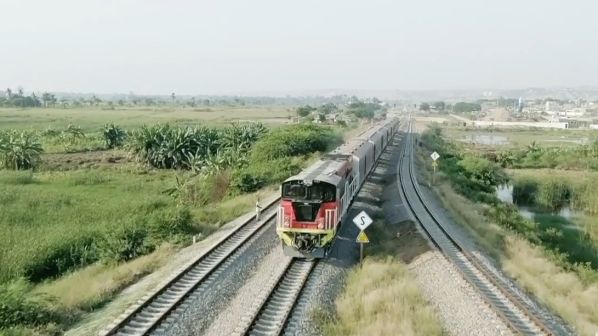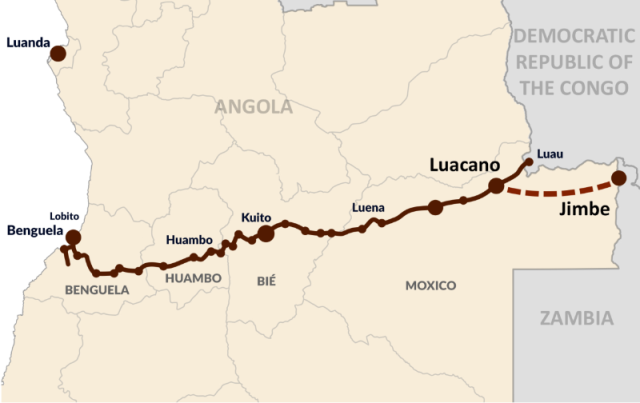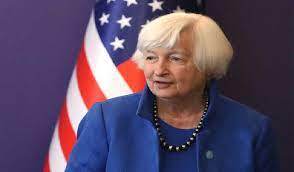With the support from the European Union and the United States, Angola, Democratic Republic of Congo (DRC) and Zambia hope soon to realize their ambitious plans to shore up their green energy resources — and face up China’s influence.
In October 2023, the EU and the US passed a declaration to support efforts to revive and strengthen the Lobito corridor, especially by assisting with finding investors for the project, which, according to US government officials, will cost more than $1 billion to complete. This came amid growing appetite for various ores as commodities in the energy transition market. The DRC, for example, currently extracts more than two thirds of the worldwide production of cobalt, an ore that is a required component in many modern-day electronic products, especially to make batteries for electric vehicles.
For Brussels and Washington, linking the ‘Copper Belt’ with the Atlantic Ocean is, however, also a geopolitical move in their race against China that currently controls the market for the strategic supply chains for the energy transition. And stakes are high for the EU and the USA as they embark on their ambitious railway project in Central Africa to counter Beijing’s Belt and Road Initiative.
Central African states keenly joined forces with both Western powers, as they hope to revive this trade route from colonial times. Belgium and Portugal had built the tracks between 1902 and 1929, meandering through Congo and Angola. But during the civil war following Angola’s 1975 independence, the transport route collapsed and little attention was paid to it since. Now it is being revived and, by 2035, the consortium hopes that import and export through the line will amount to 3 billion tons of goods.



